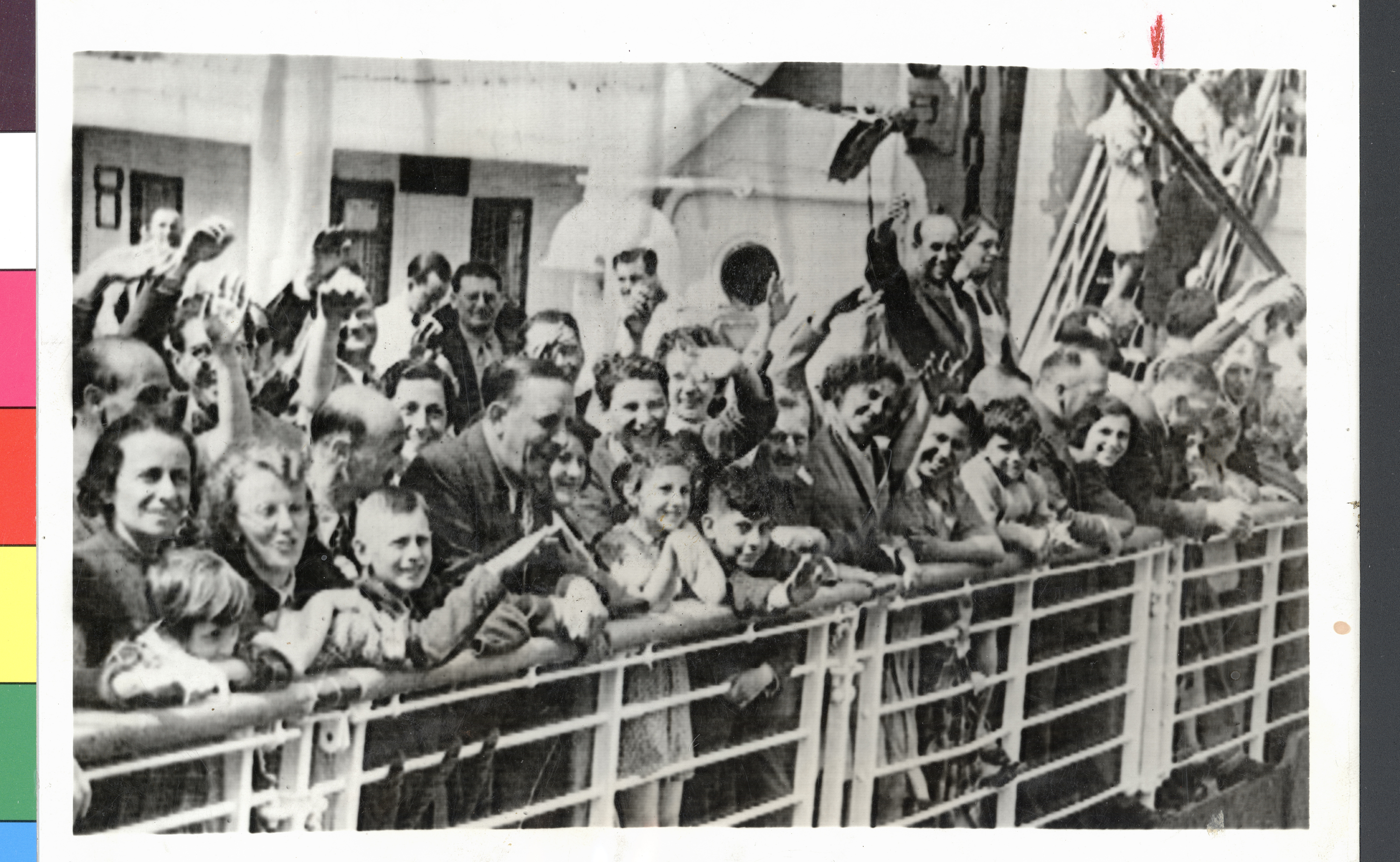Article
Dutch Music in Canada
The first Dutch immigrants to Canada arrived via the USA during the late-18th and early-19th centuries as part of the United Empire Loyalist contingent. By 1867 there were 29,000 persons of Dutch origin; in 1986 there were more than 850,000, many of whom arrived soon after World War II.














